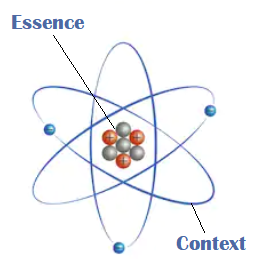Human Energy Dynamics
Coming soon…

Reciprocity-Disunity Dynamics
Coming soon…
Prosperity-Opulence Dynamics
Coming soon…
Experiential-Philosophical Dynamics
Coming soon…
Creative-Destructive Dynamics
Coming soon…
Exploring value through the prism of energy
Coming soon…

Coming soon…
Coming soon…
Coming soon…
Coming soon…